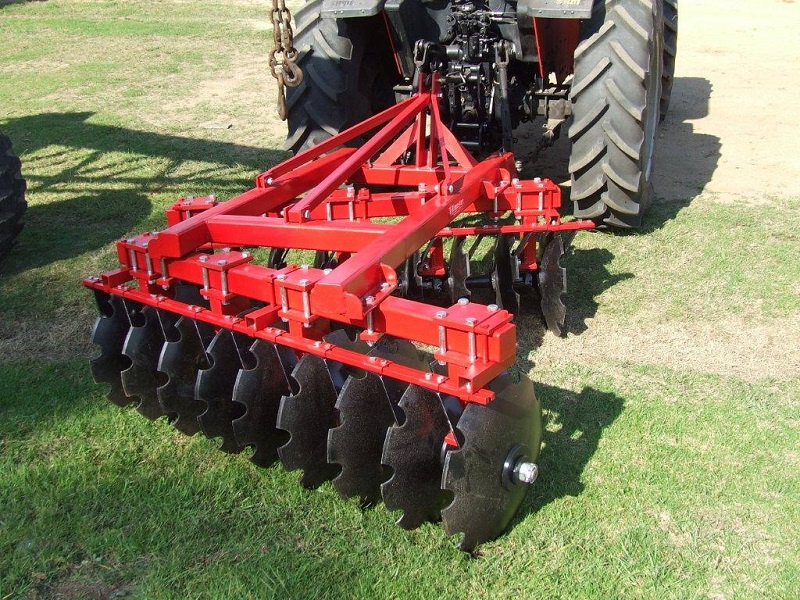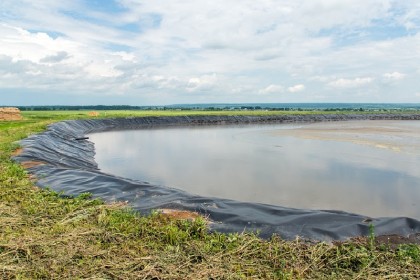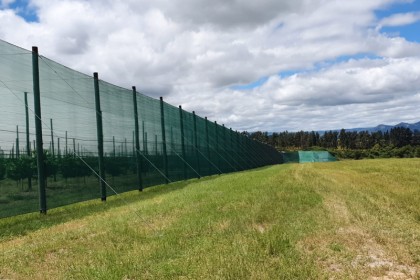
Harvesting With a Potato Lifter
Everyone has a favourite potato dish, whether it's chips, crisps, or mashed potatoes, you can't really go wrong. But before the potato can become your favourite snack it needs to be planted, farmed and harvested. This article will dive into what a potato lifter is used for, its features, and the agricultural process of a potato.
A Potato Lifter is in the most basic terms, a potato-harvesting machine. This machine works by using a share to lift the potatoes off the bed. Soil and crop are moved to a series of webs, which sift away the loose soil. The potatoes are pushed to the back of the lifter machine so a different unit where they are separated. After this harvest, the potatoes are usually transported to a picking table where employees manually pick out the stones and clods before packaging.
Features of a Potato Lifter for Sale
Moving from a manual harvesting technique to a potato lifter machine will slice your manual hours in half.
Features of a potato lifter include:
- Easy Operation: The potato lifter is a straightforward piece of machinery that can easily be attached to almost any tractor, ensuring that harvesting is as easy as baking a potato!
- Multifunctional: Although the machine is called a potato lifter, in most cases it can be used to harvest other underground plants like sweet potatoes.
- Propper Harvest Performance: The potato lifter harvests the potato without causing damage to the peel and collects the potato with the vine still attached.
- Efficient: On average a potato lifter can harvest approximately 0.27 hectares per hour which rounds up to about 180 kgs of potatoes per hour. Doing this process manually won’t give you even half of these efficient results.
- Highly Versatile: The potato lifter is extremely adaptable and can be utilised in all kinds of soil including clay soil and sandy soil.
- Low Loss Rate: Due to the efficiency as well as the performance of the machine, fewer potatoes are lost due to damage and more potatoes are harvested in a short amount of time, meaning a higher profit for farmers.
From Seed to Potato to Harvest
But before you can harvest, you first need to grow. Growing potatoes is mainly done during the summer. When growing potatoes, it is essential to rotate crops. Crop rotation ensures that field nutrients aren’t depleting and your farming is sustainable. Let's take a look at the four main stages of farming potatoes.
The best time to plant potatoes in South Africa is around August. To prep the field, spread manure, work it into the ground, and dice the fields to ensure that all soil clumps are broken up and plants left over from the previous season are all part of the soil.
The second phase involves planting the potato seeds. The seeds are placed in a bin on a potato planter, which is usually planted four rows at a time. Potatoes are grown in little hills. Planting usually lasts 3-4 weeks on average, however, this differs depending on the size of your fields.
Phase 3: Healthy Crop Maintenance
Once the potatoes are planted, the plants will need constant attention for the remainder of the summer. Because potatoes sprout underground, they must be kept covered at all times. One can take soil from the rows and place it on top of the hills where the crops are growing. When the potatoes are exposed to sunshine, they turn green and become unusable and even harmful when consumed by humans. Make sure to check your fields regularly for any pests or diseases that can negatively affect your yield.
After 110 - 250 days, potatoes are usually ready to be harvested. This is where the nifty potato lifter comes in handy. The harvester loads all of the potatoes into a bulk truck, which carries them to storage.
Potato Lifter for Sale in South Africa
If you’re on the lookout for a potato lifter or any other farming equipment AGRIFOODSA recommends Tillmaster. The Tillmaster products are long-lasting and they offer maintenance to ensure the best quality service. Visit the Agrifood directory to find out more!












